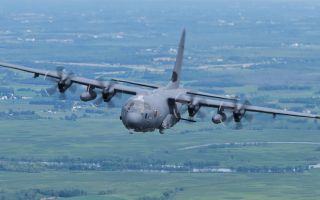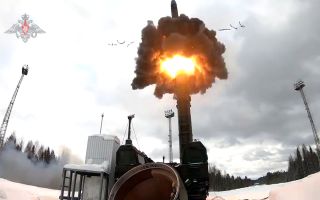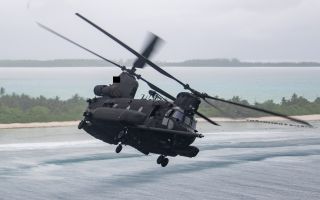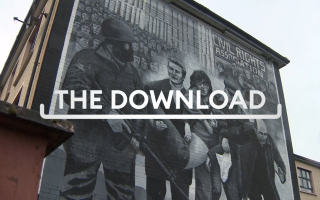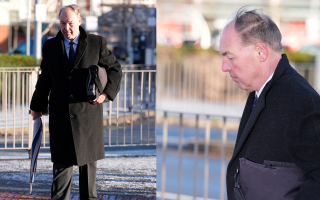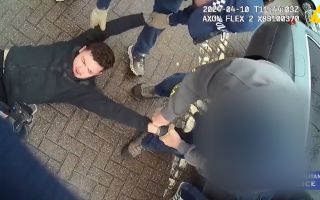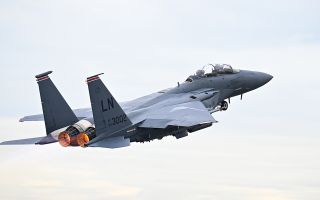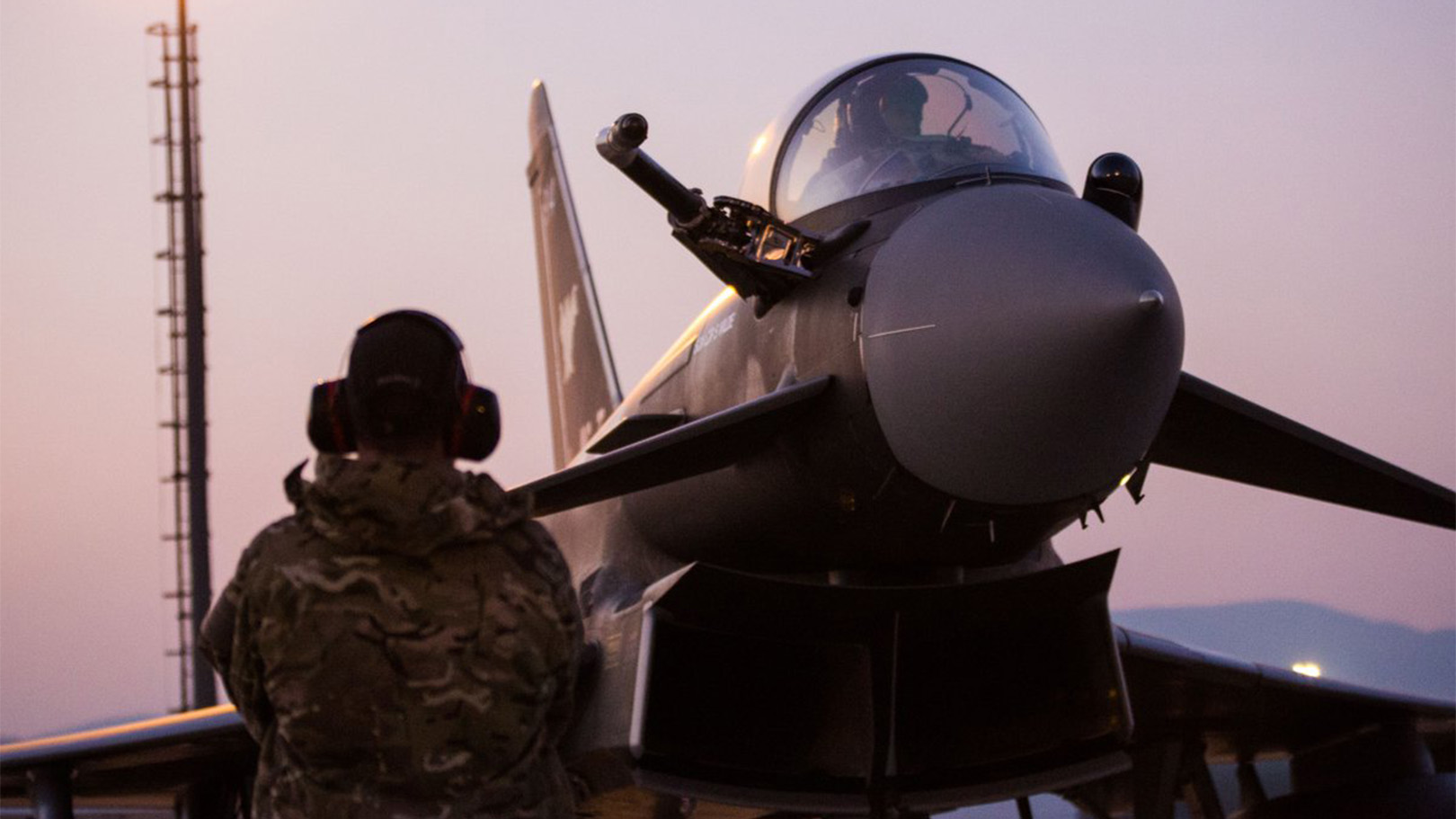
RAF bases ask public for help as they undertake crucial training flights at night

Crucial night flying has commenced at two RAF stations, with the aim to maximise the effectiveness of the training while minimising the disturbance for people living underneath the flightpath.
The exercises can take place from 30 minutes after sunset to 30 minutes before sunrise.
This ensures the local communities aren't too heavily affected by noise while pilots undertake this key training - but any members of the public who are aware of the Typhoons flying overhead are being asked to help in a very special way.
RAF Coningsby and RAF Lossiemouth are both Quick Reaction Alert stations, which protect UK airspace.
RAF Coningsby is home to two frontline combat-ready squadrons.
It's the training base for Typhoon pilots, and almost 3,000 service personnel, civil servants and contractors work there.
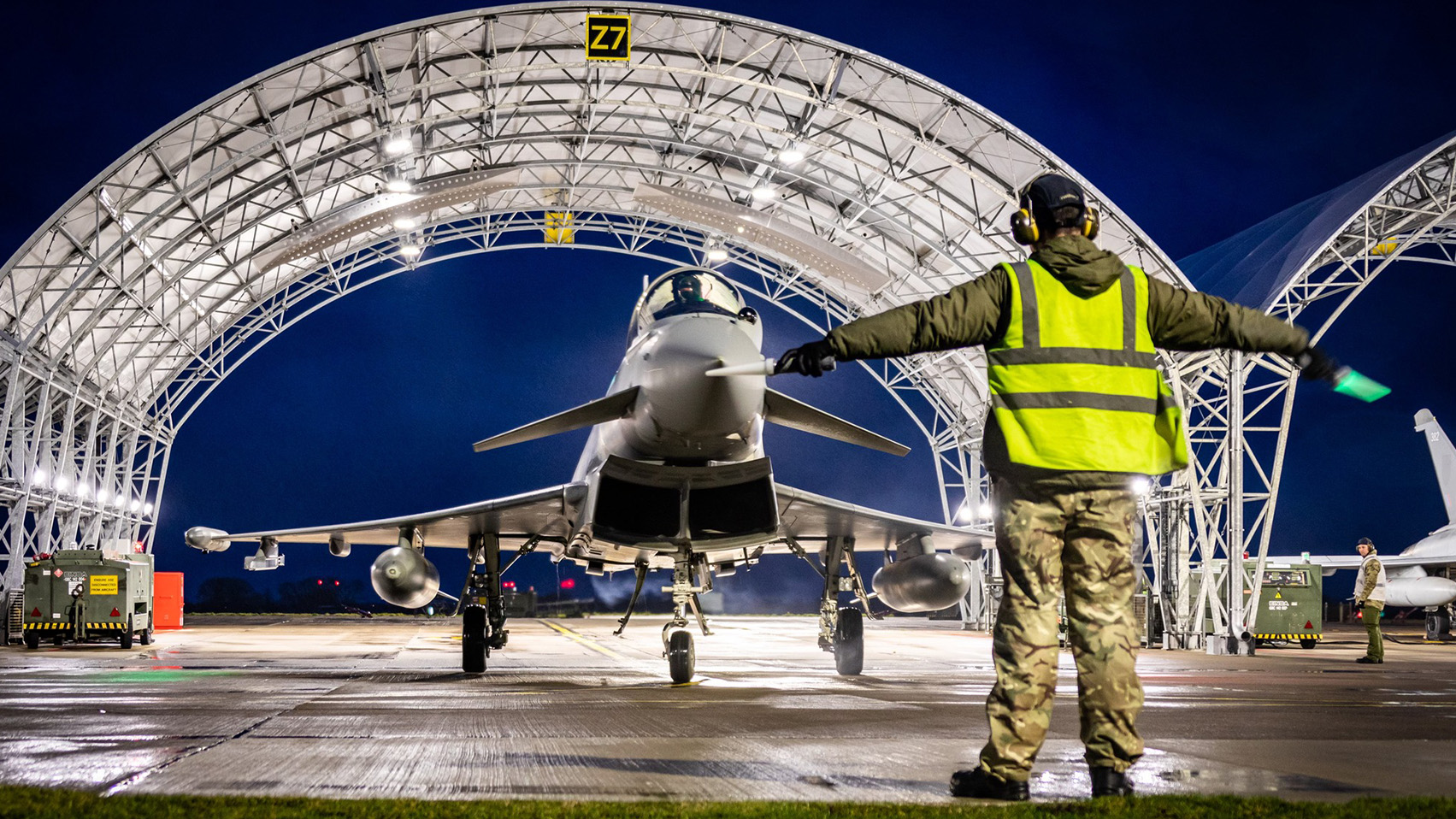
RAF Lossiemouth is made up of four Typhoon combat aircraft squadrons, three Poseidon MRA1 squadrons, an RAF Regiment squadron and a Royal Auxiliary Air Force Regiment reserve squadron.
Personnel and aircraft also support operations worldwide, and host numerous national and international exercises.
An X post from RAF Lossiemouth asked members of the public to "make sure to send in those night-time snaps if you're braving the cold to see us in action".
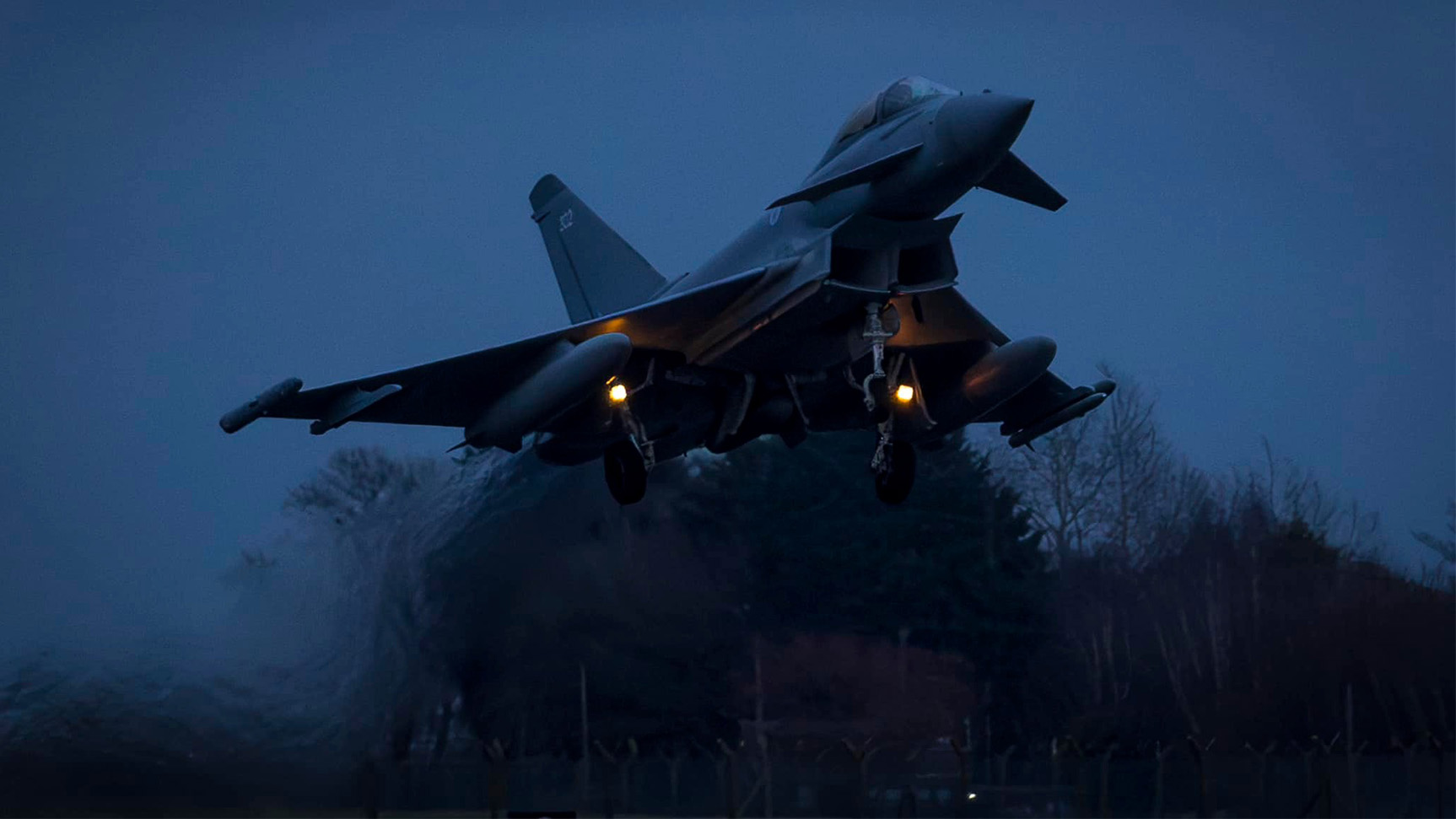
Night flying exercises are essential in ensuring pilots are prepared for any scenario, at any time.
The £133m investment in the Striker II helmet is a clear example of the growing commitment to enhancing the RAF's night-flying capabilities.
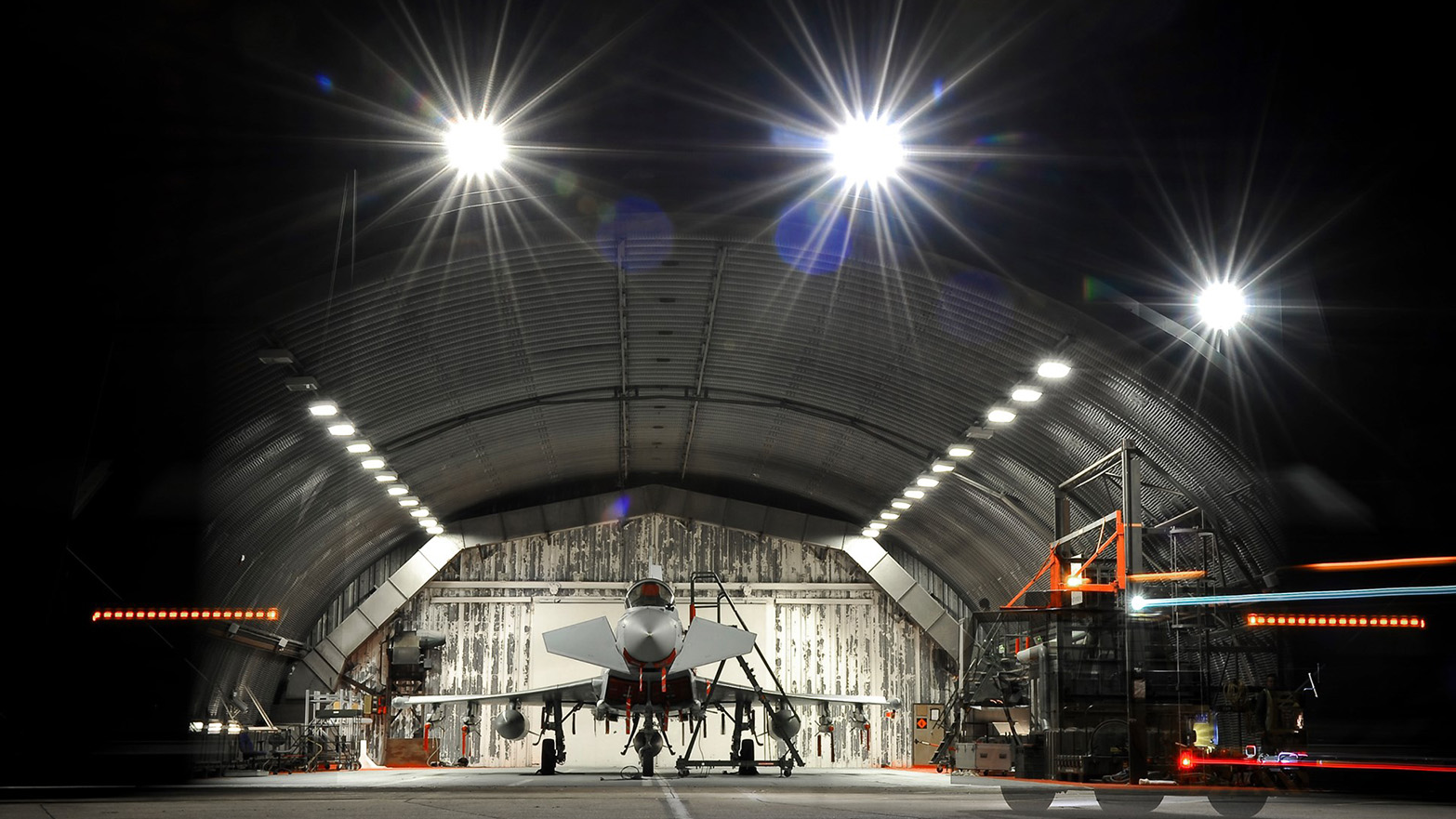
When flying in low-light conditions, pilots are usually required to wear heavy and obtrusive night vision goggles over the top of their helmets which typically weigh about 500 grammes.
Striker II's integrated night vision means it is significantly lighter and allows pilots to fly for longer with less fatigue.
The exercises at RAF Coningsby and RAF Lossiemouth will run until 21 February.


